Short Strangle
A short strangle is a non directional trading strategy where an investor sells an (OTM) call option and put option on the same underlying asset simultaneously.
A short strangle is an options trading strategy where an investor sells an out-of-the-money (OTM) call option and an out-of-the-money put option on the same underlying asset simultaneously. The call and put options have different strike prices, but both options typically have the same expiration date. This strategy is employed when the trader expects the underlying asset to experience low volatility and remain within a specific price range.
Let's explore a short strangle strategy with an example:
Suppose you're an options trader who believes that NIFTY, currently trading at ₹20000 per share, will remain relatively stable within a certain price range in the next month. You decide to implement a short strangle strategy with the following details:
- Current Stock Price: ₹20000 per lot
- Expiration Date: One month from today
Selling the Call Option (Short Call):
- You sell an out-of-the-money (OTM) call option with a strike price of ₹20400.
- The call option premium you receive is ₹3.25 per lot.
Selling the Put Option (Short Put):
- You sell an out-of-the-money (OTM) put option with a strike price of ₹19600.
- The put option premium you receive is ₹5.9 per lot.
Now, let's examine the potential outcomes of this short strangle:
- Maximum Profit: The maximum profit occurs if NIFTY remains within the range of ₹20400 (the call strike price) and ₹20000 (the put strike price) at the time of expiration. In this scenario, both the call and put options expire worthless, and you keep the entire ₹9.15 per share in premiums (₹3.25 from the call and ₹5.9 from the put) as your profit.
- Maximum Loss: The maximum loss is theoretically unlimited on the upside and limited on the downside. If the stock price makes a significant move in either direction outside of the ₹19600 to ₹20400 range, you will start incurring losses. For example, if the stock price rises above ₹20403.25 or falls below $41, your losses would begin to accumulate.
- Breakeven Points:
- Upper Breakeven: ₹20400 (call strike price) + ₹3.25 (total premiums received) = ₹20403.25 per lot
- Lower Breakeven: ₹19600 (put strike price) - $5.9 (total premiums received) = ₹19594.1 per lot
In this example, your short strangle would start incurring losses if NIFTY price moves above ₹20403.25 or falls below ₹19594.1 per lot. As long as the stock price remains within this range, you would profit from the premiums collected. However, significant price movements outside of this range could result in losses.
It's crucial to monitor the position and consider implementing risk management strategies, such as stop-loss orders or adjusting the position, to limit potential losses, especially in volatile markets. Short strangle strategies are used when traders anticipate low volatility and aim to profit from the time decay of the options' premiums.
Other Strategies
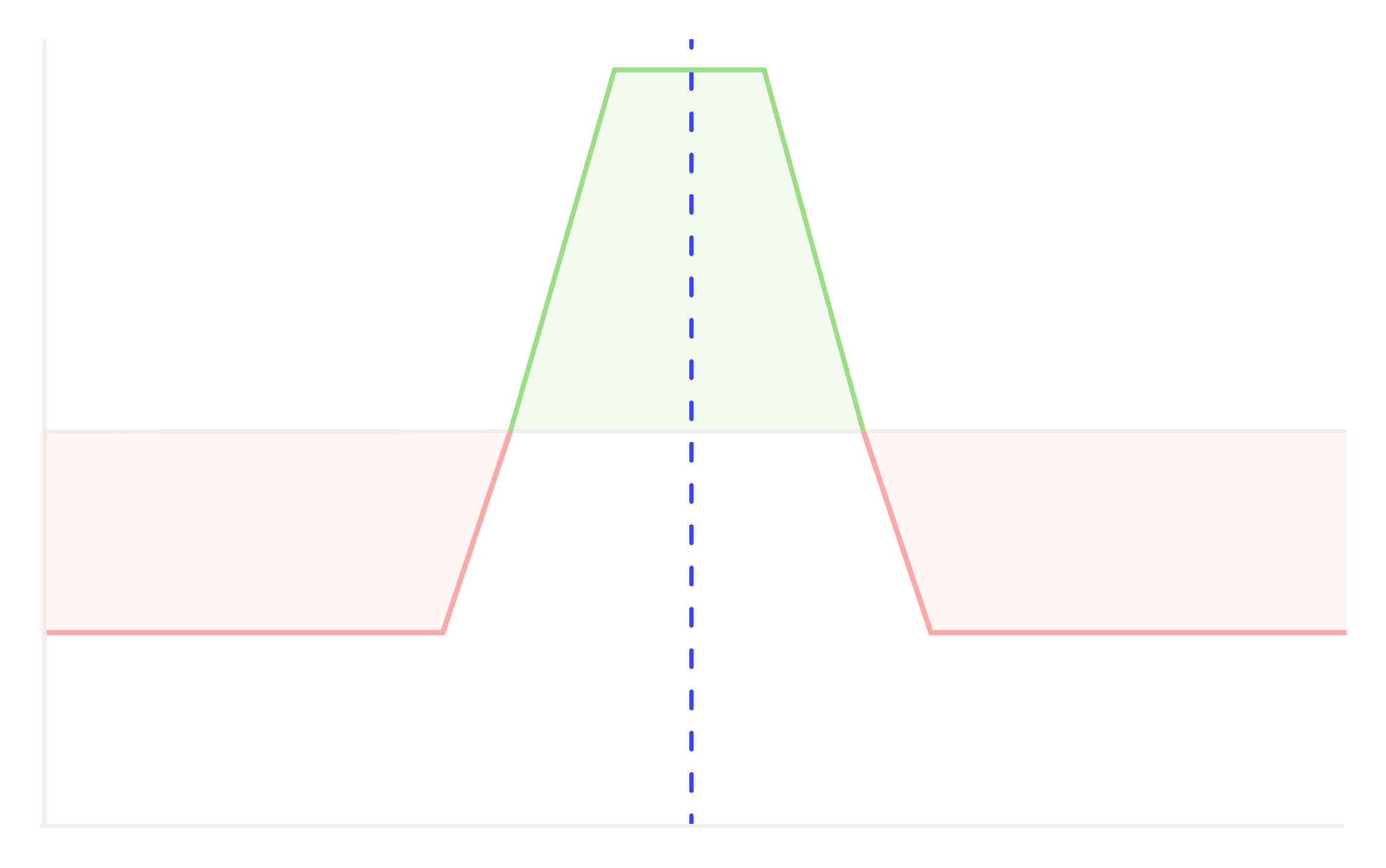
Iron Condor
A strategy designed to profit from low volatility in the underlying asset, combining a bullish put credit spread and a bearish call credit spread to it.

Iron Butterfly
This is a strategy which profits from low volatility in the price of the underlying asset while minimizing risk.
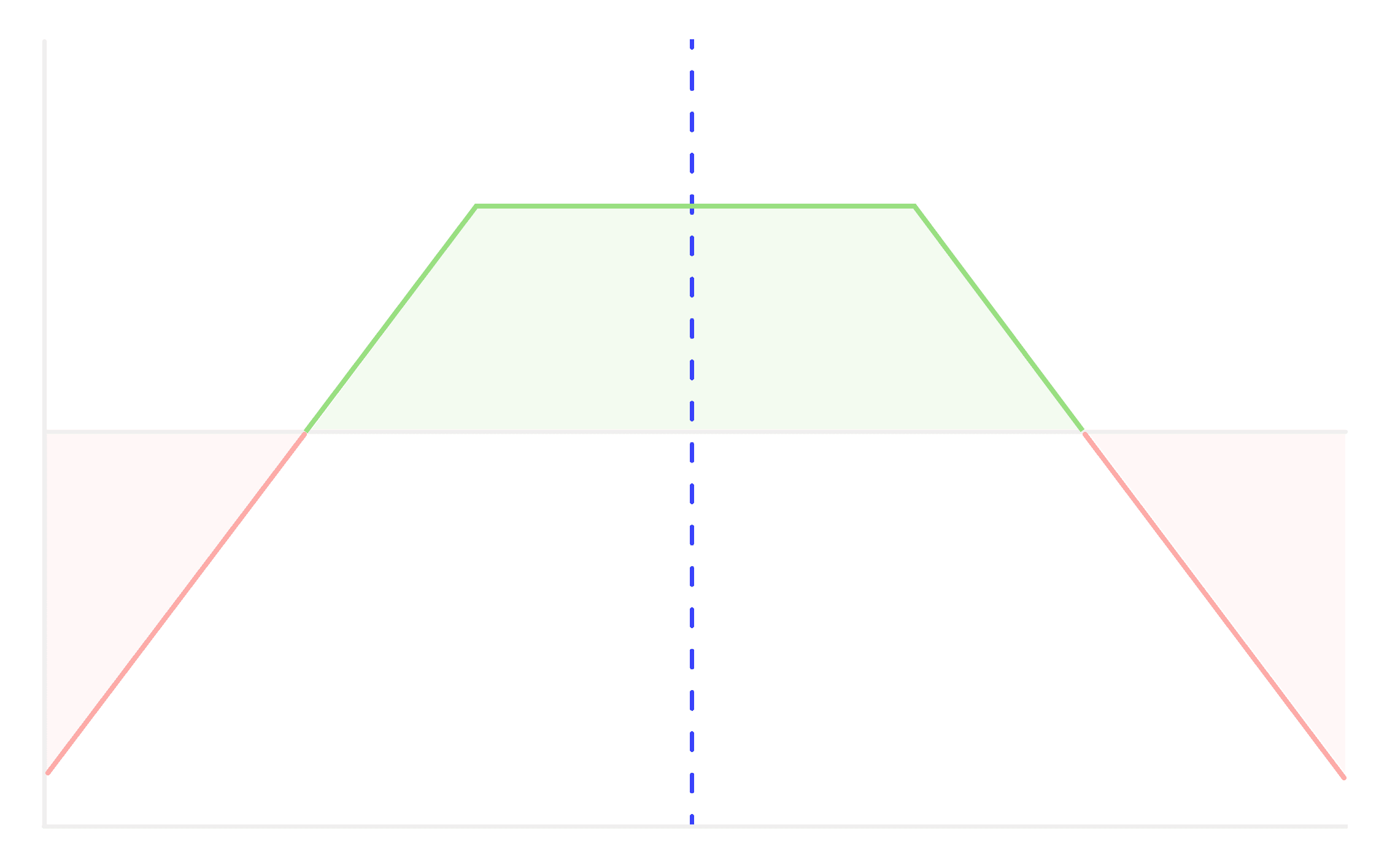
Short Strangle
A short strangle is a non directional trading strategy where an investor sells an (OTM) call option and put option on the same underlying asset simultaneously.
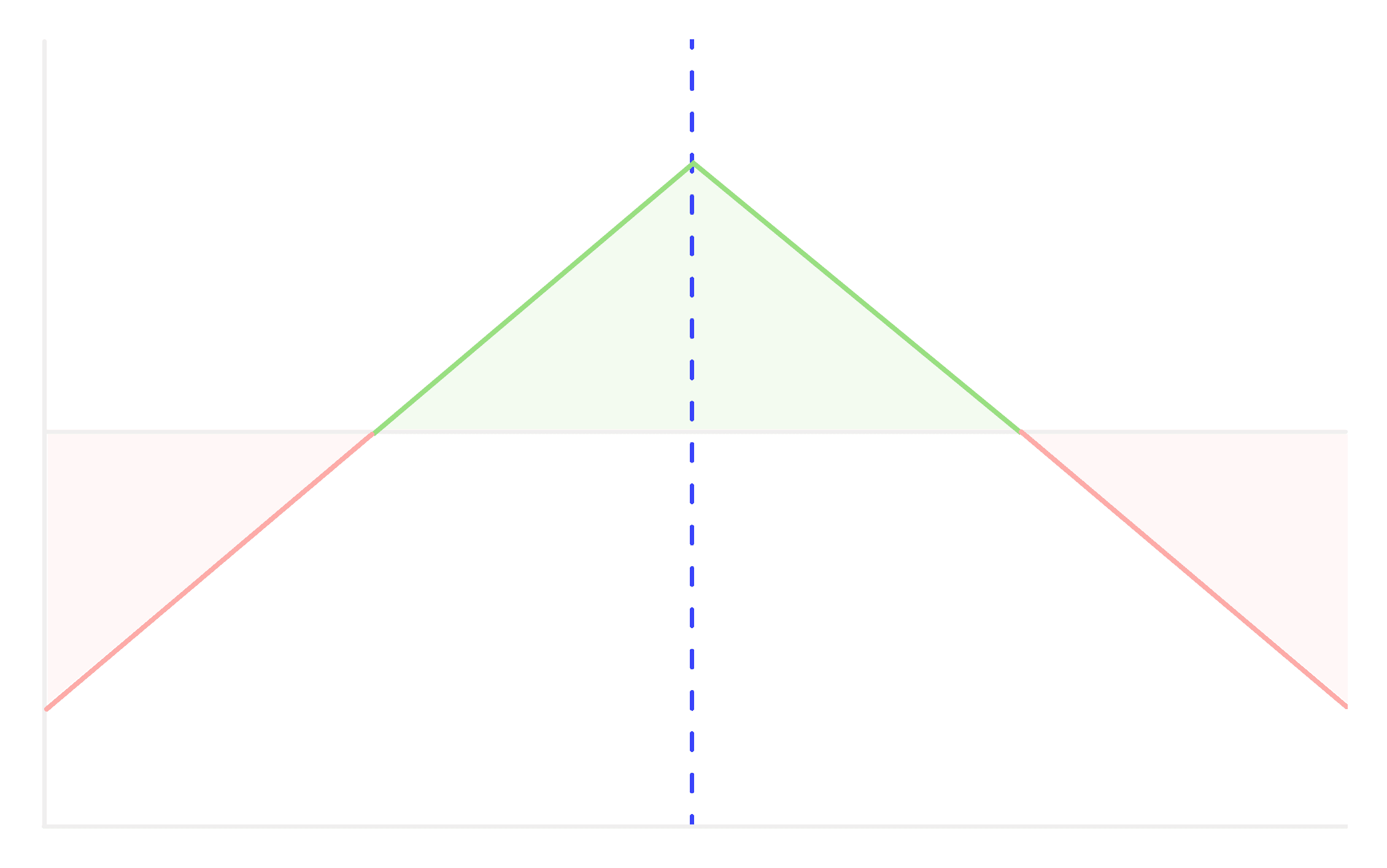
Short Straddle
A Short straddle is considered neutral or non-directional because it profits from minimal price movement in the underlying asset.
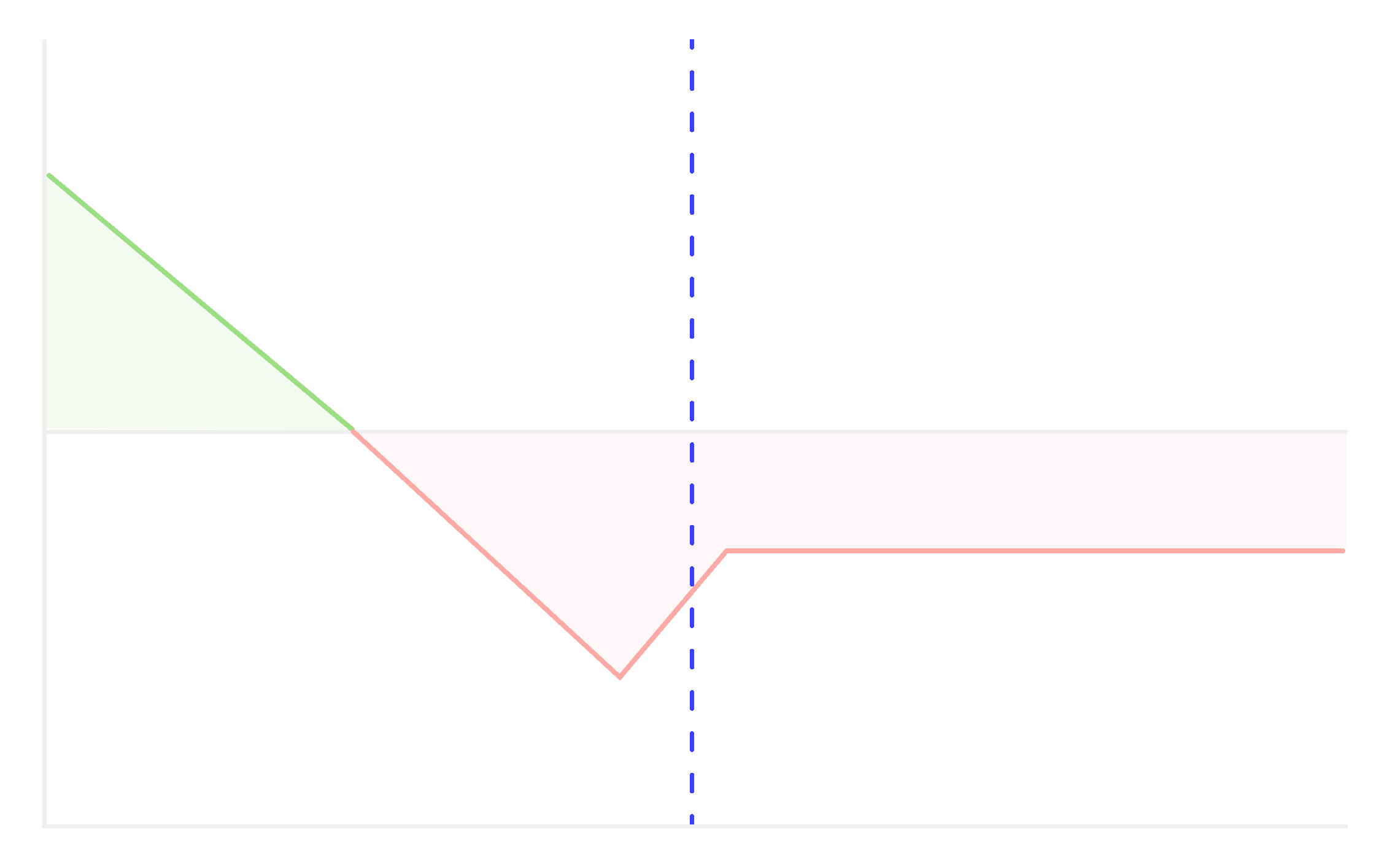
Put Ratio Backspread
The Put Ratio Backspread strategy involves selling and buying put options in a specific ratio.
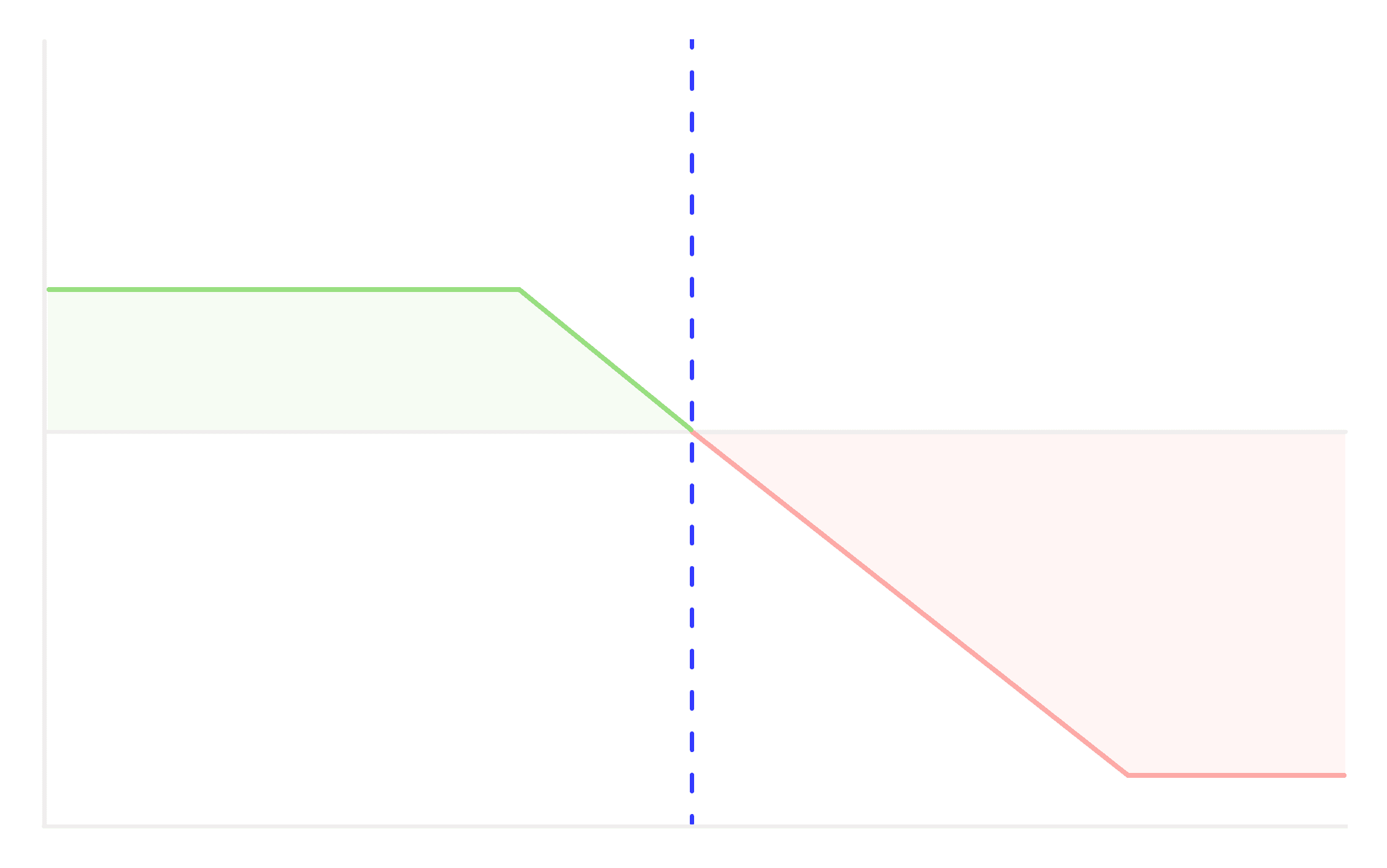
Bear Call Spread
A Bear Call Spread is an options trading strategy that's used when a trader believes the price of an underlying asset will go down, but not significantly.
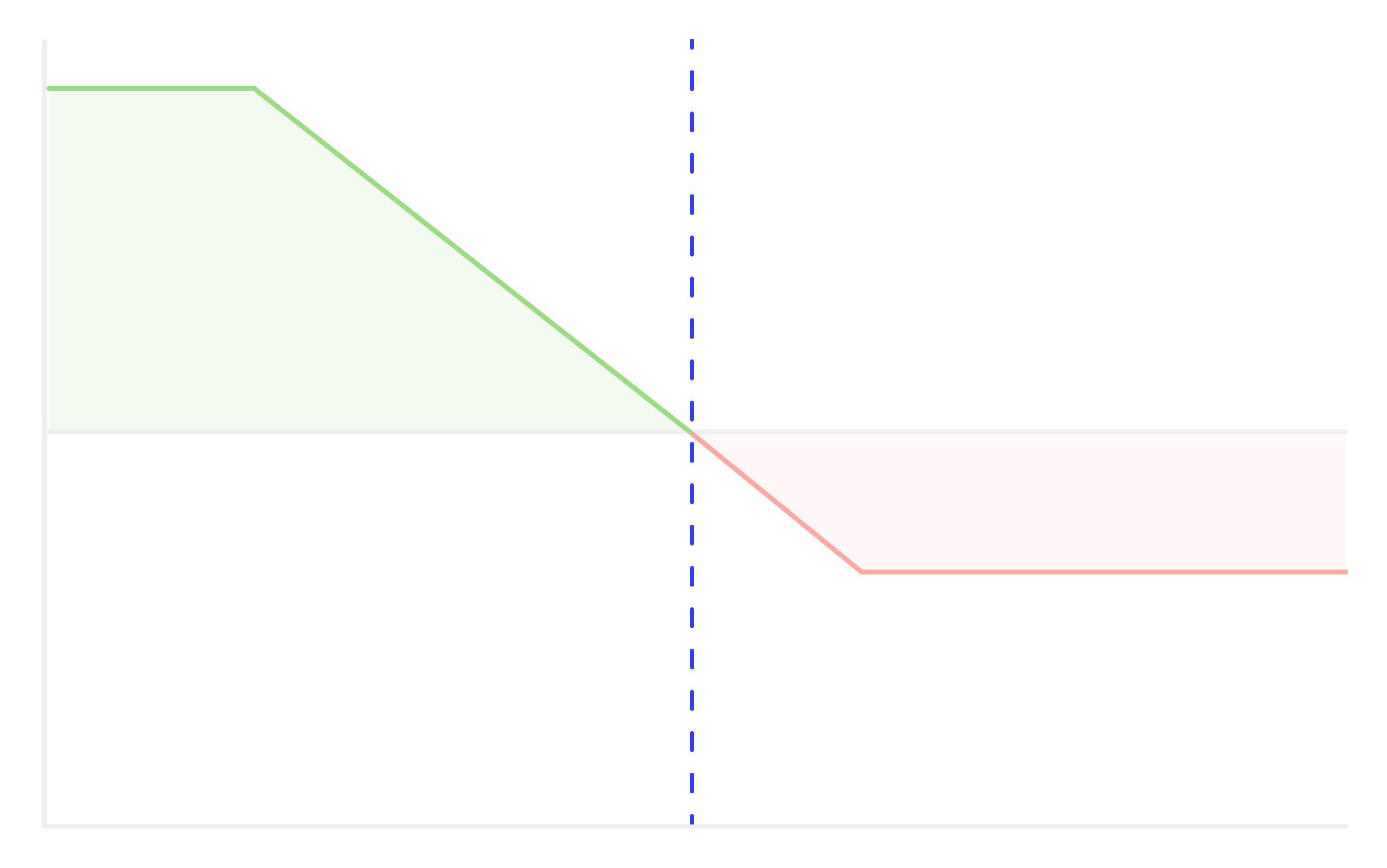
Bear Put Spread
A Bear Put Spread is a type of vertical spread strategy used in options trading.
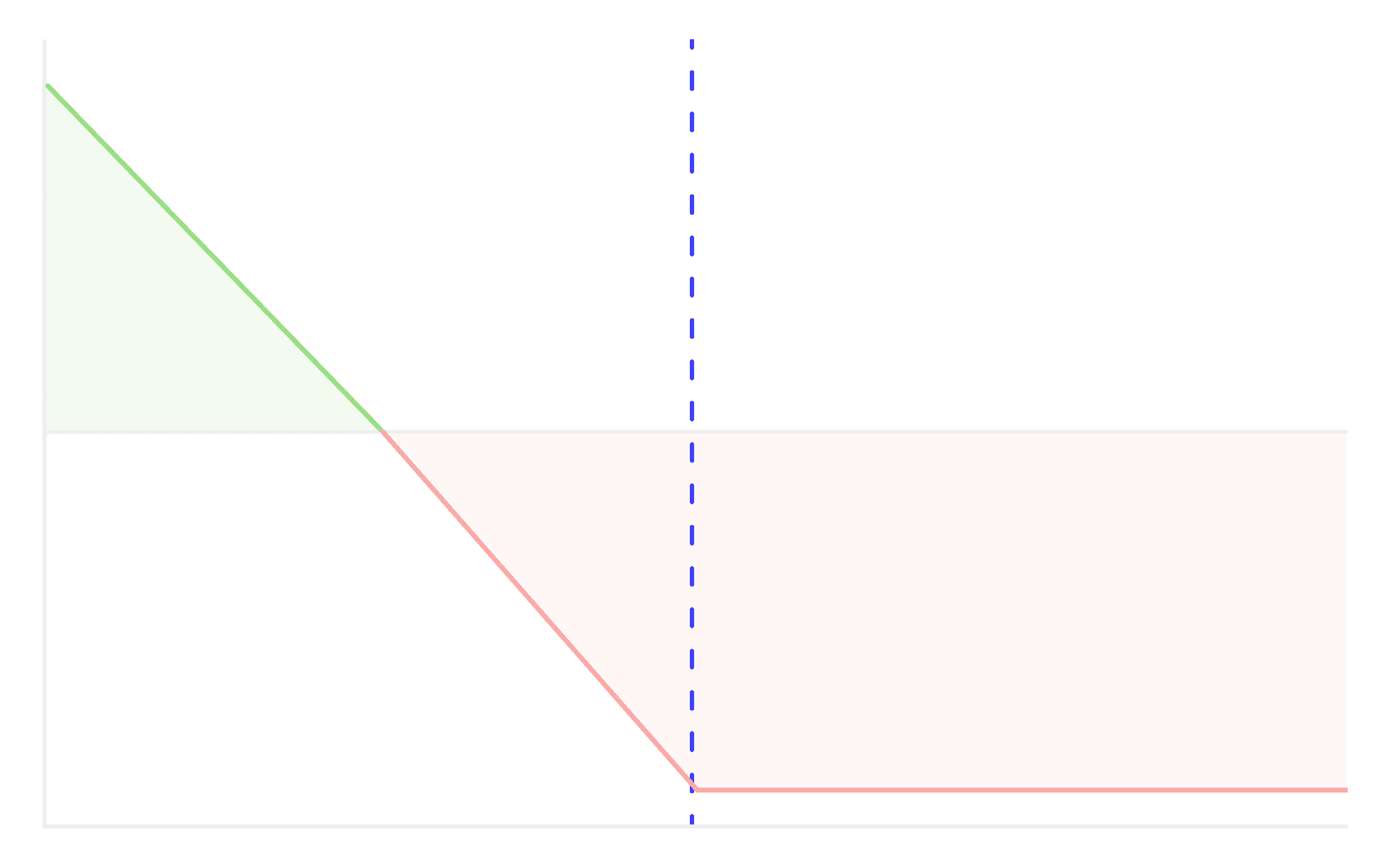
Long Put
Long Put option is the most basic & simplest strategy. It is recommended or implemented when we expect the underlying asset to show significant downside move.
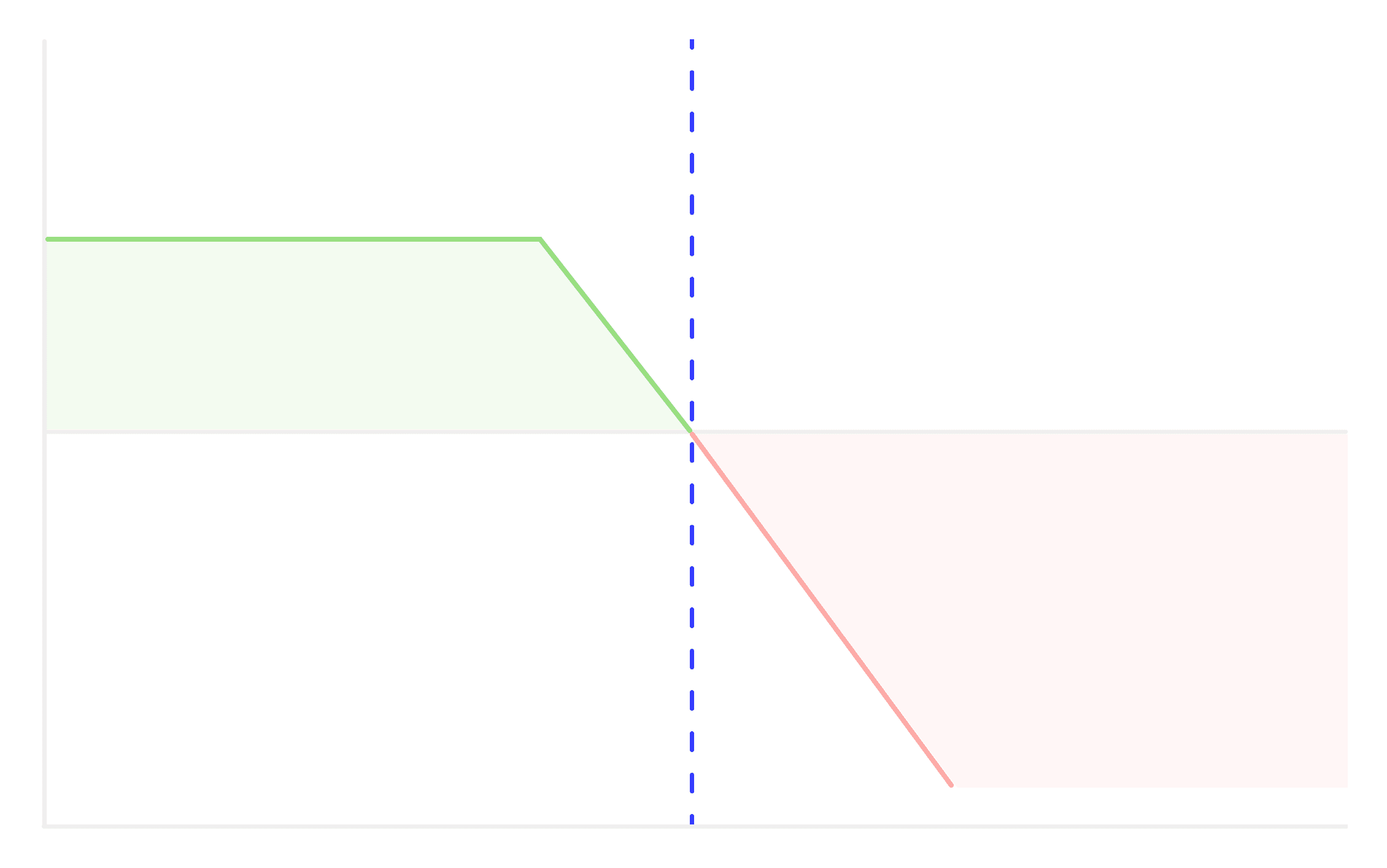
Short Call
Short Call strategy is employed in a bearish or neutral market outlook, where the underlying asset's price is expected to remain stable or fall.
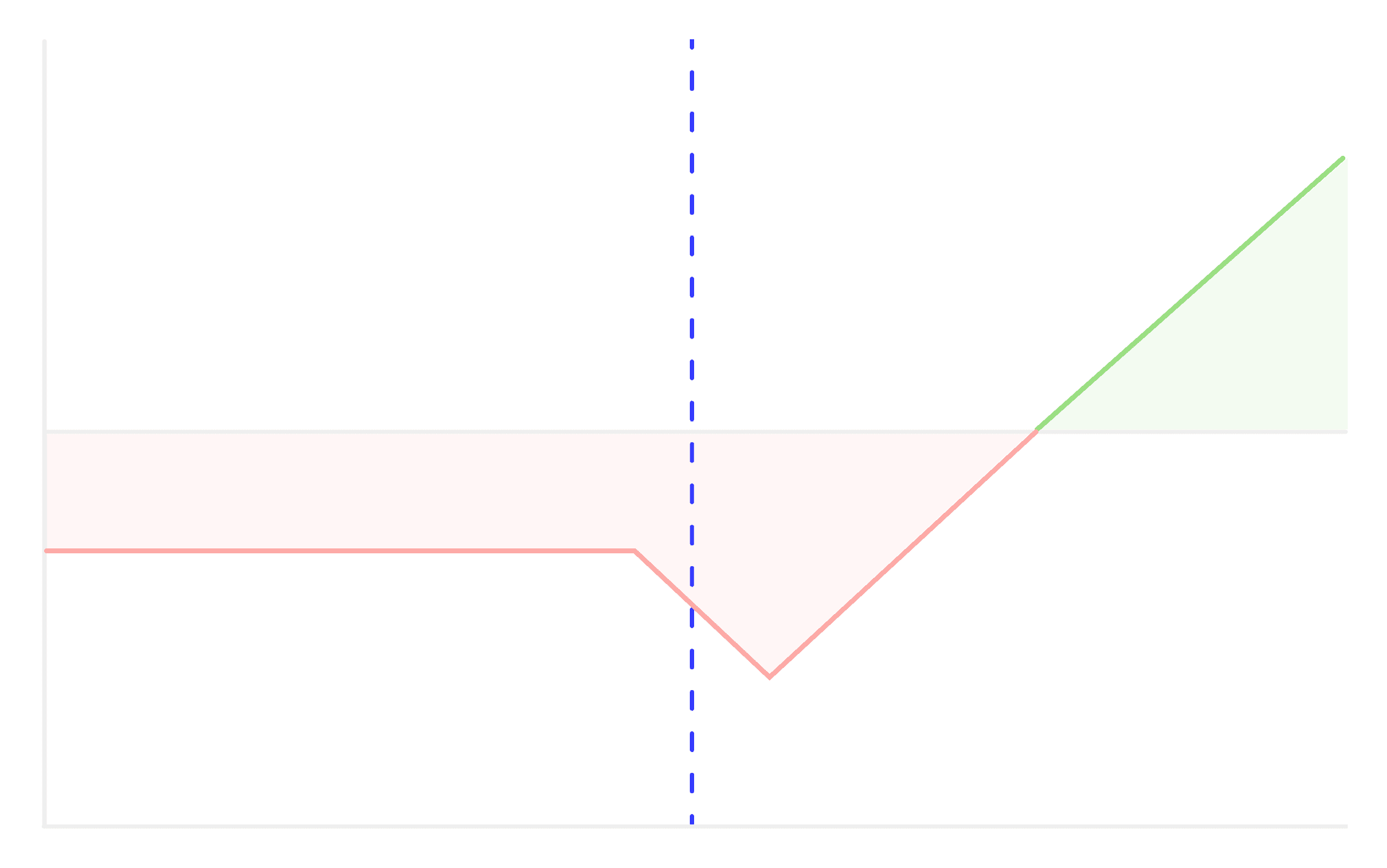
Call Ratio Backspread
The Call Ratio Backspread strategy involves selling and buying call options in a specific ratio.
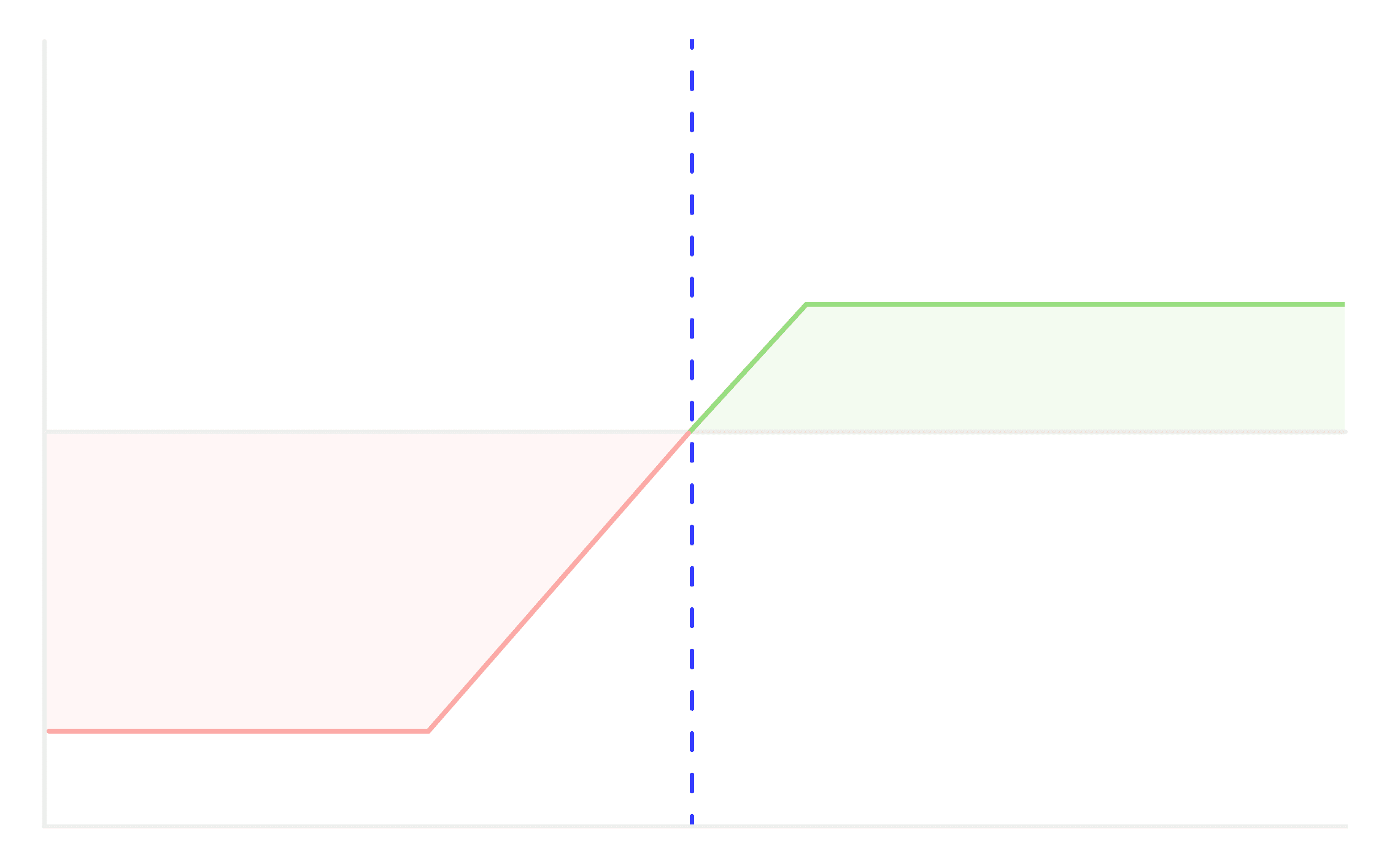
Bull Put Spread
A Bull Put Spread is a type of vertical spread strategy used in options trading
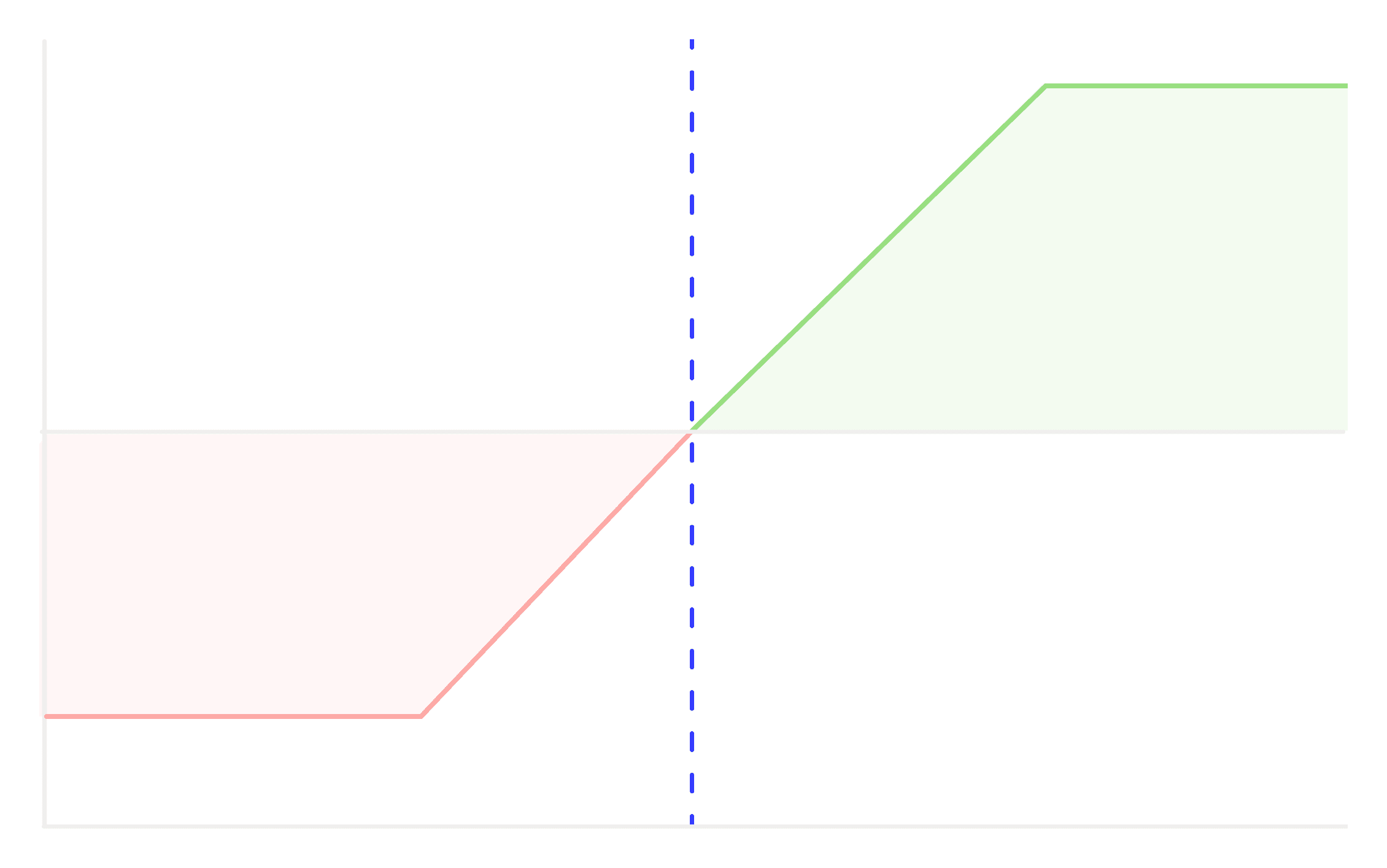
Bull Call Spread
A Bull Call Spread is an options trading strategy that's used when a trader believes the price of an underlying asset will go up, but not significantly.
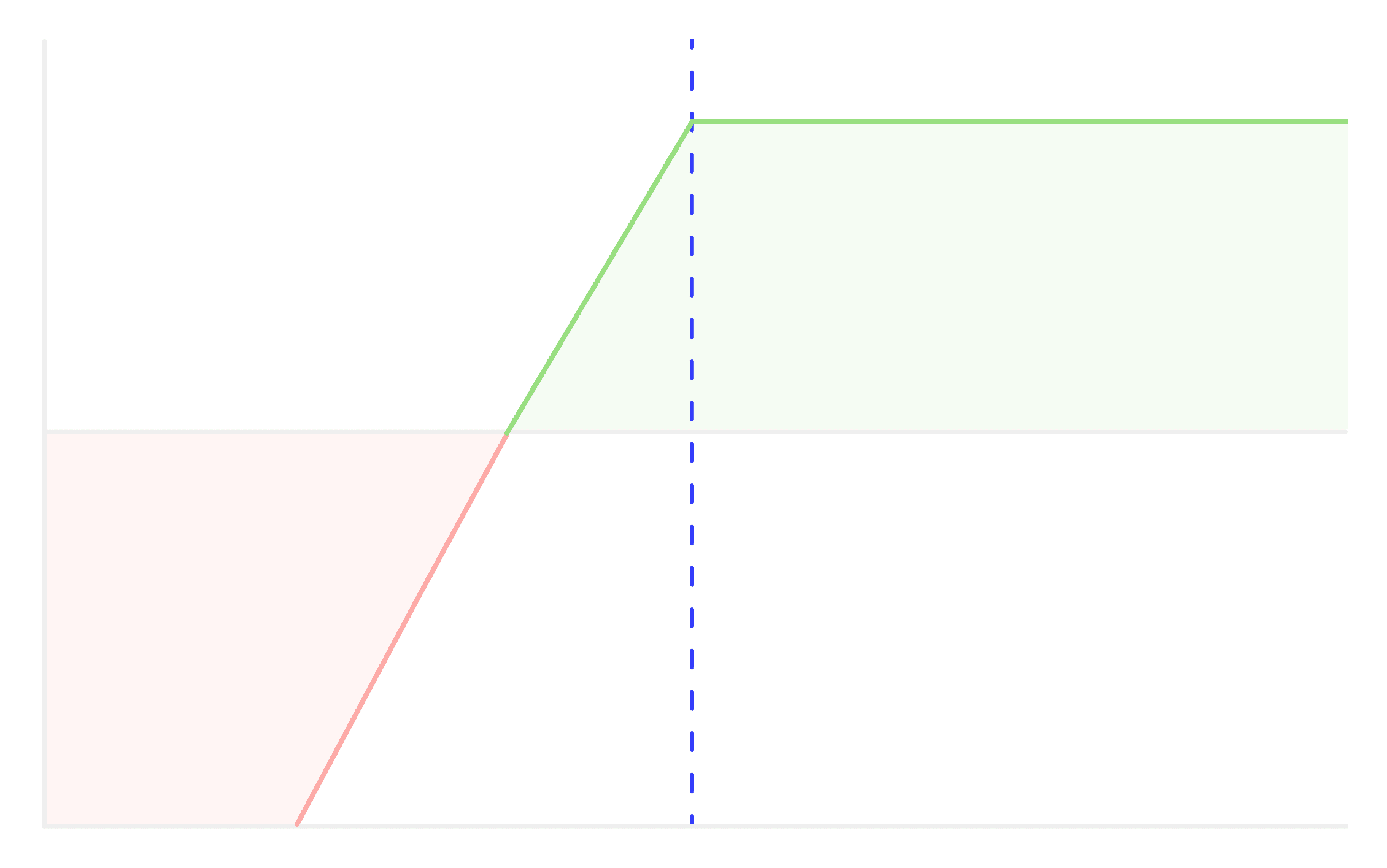
Short Put
Short Put strategy is employed in a bullish or neutral market outlook, where the investor believes that the underlying asset's price will remain stable or rise.
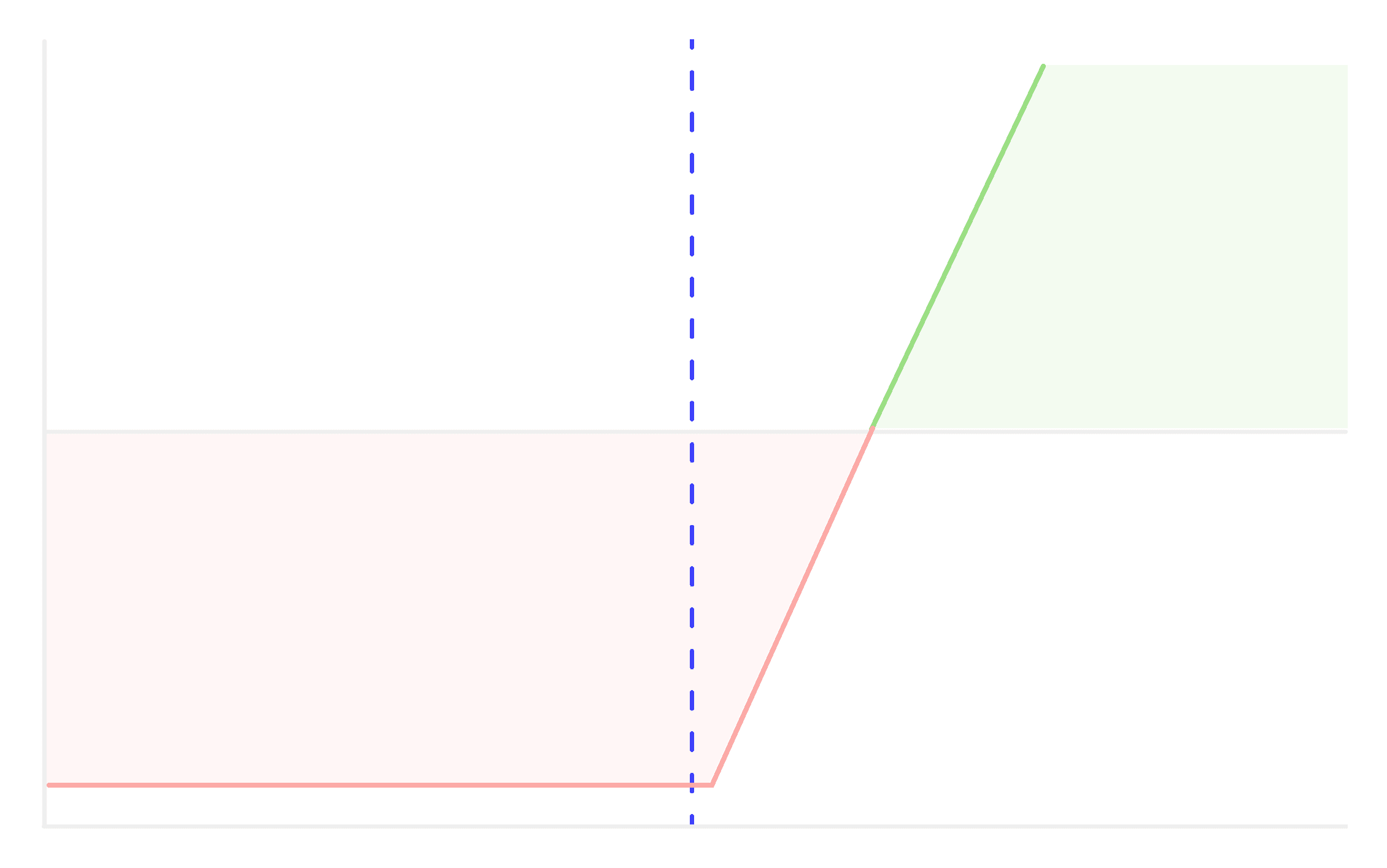
Long Call
Long Call option' is the most basic & simplest strategy. It is recommended or implemented when we expect the underlying asset to show significant upside move.
Don't let emotions take over your trades, take control now and become a tactical trader with 1lyOptions


